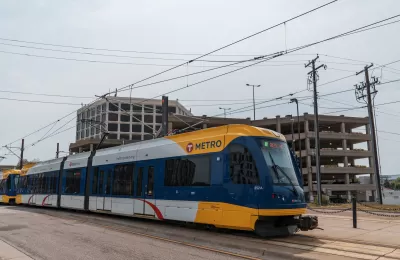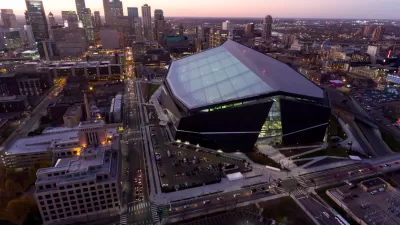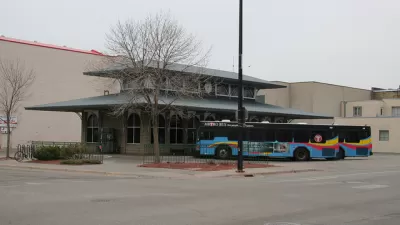In 2017, Metro Transit in the Twin Cities raised fares but also started a program for low-income riders to help ease the burden of travel costs.

The Transit Assistance Program started in the Twin Cities about two years ago at the same time that fares were raised by 25 cents. The TAP program lets low-income riders use the bus and rail system for $1 per trip with unlimited transfers for up to 2 1/2 hours.
"[It] replaced a bonus program that offered 10 percent discounts to any customer who bought rides in bulk using a stored-value card. In other words, rides got cheaper for low-income riders, but discounts for general customers went away," reports Frederick Melo.
Melo says that about 20,000 people are enrolled in the program and TAP participants have made 1.7 million trips, but more people are eligible to take advantage of the discounted fare. The program’s coordinator notes that the lower fare gives riders more travel flexibility by allowing them to make more trips.
Metro is partnering with 65 community organizations distributing the cards to clients. "The TAP program, which carries a $3 million cost over the two-year stretch, is paid for in large part by discontinuing the stored-value bonus for Go-To cards," notes Melo.
FULL STORY: Metro Transit’s Transit Assistance Program celebrates two years, nearly 2 million rides

Study: Maui’s Plan to Convert Vacation Rentals to Long-Term Housing Could Cause Nearly $1 Billion Economic Loss
The plan would reduce visitor accommodation by 25,% resulting in 1,900 jobs lost.

North Texas Transit Leaders Tout Benefits of TOD for Growing Region
At a summit focused on transit-oriented development, policymakers discussed how North Texas’ expanded light rail system can serve as a tool for economic growth.

Using Old Oil and Gas Wells for Green Energy Storage
Penn State researchers have found that repurposing abandoned oil and gas wells for geothermal-assisted compressed-air energy storage can boost efficiency, reduce environmental risks, and support clean energy and job transitions.

Santa Barbara Could Build Housing on County Land
County supervisors moved forward a proposal to build workforce housing on two county-owned parcels.

San Mateo Formally Opposes Freeway Project
The city council will send a letter to Caltrans urging the agency to reconsider a plan to expand the 101 through the city of San Mateo.

A Bronx Community Fights to Have its Voice Heard
After organizing and giving input for decades, the community around the Kingsbridge Armory might actually see it redeveloped — and they want to continue to have a say in how it goes.
Urban Design for Planners 1: Software Tools
This six-course series explores essential urban design concepts using open source software and equips planners with the tools they need to participate fully in the urban design process.
Planning for Universal Design
Learn the tools for implementing Universal Design in planning regulations.
Ascent Environmental
Borough of Carlisle
Institute for Housing and Urban Development Studies (IHS)
City of Grandview
Harvard GSD Executive Education
Toledo-Lucas County Plan Commissions
Salt Lake City
NYU Wagner Graduate School of Public Service





























